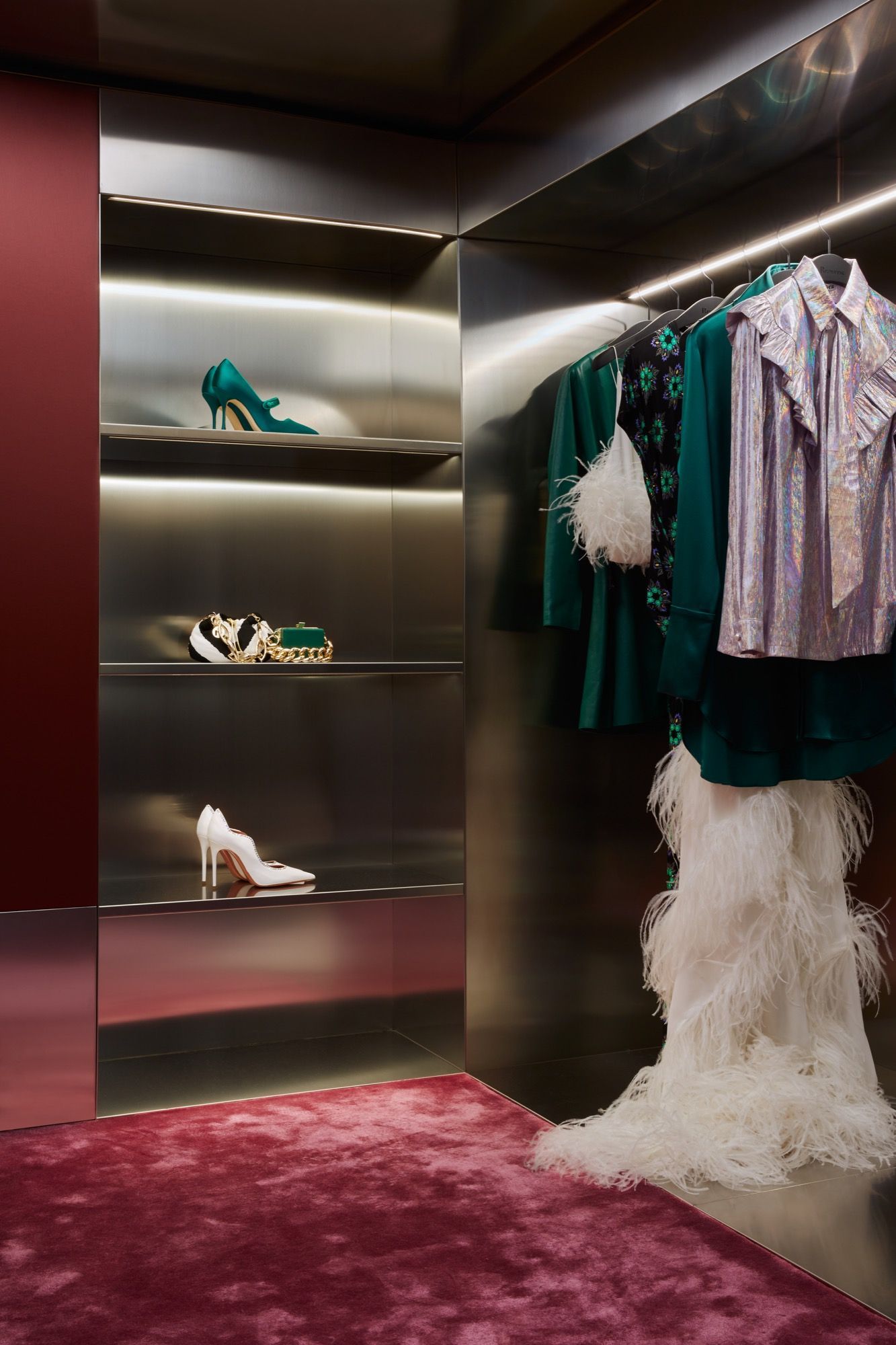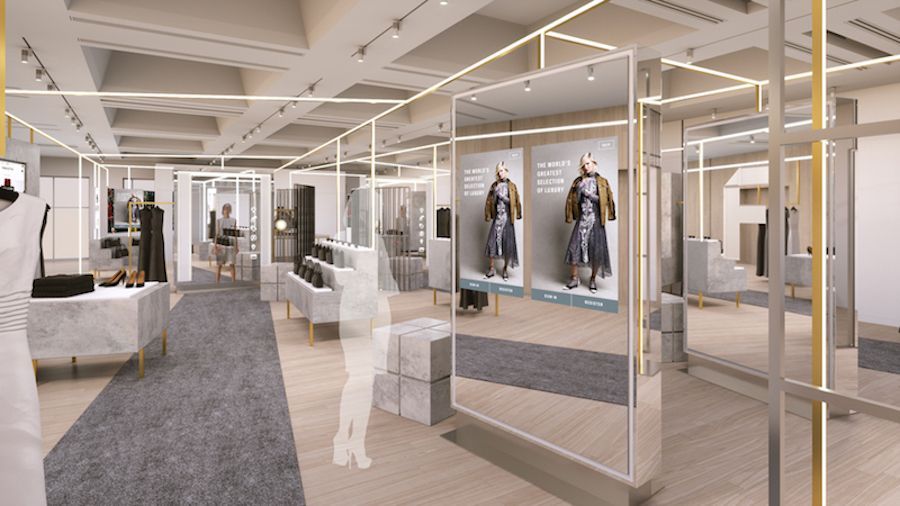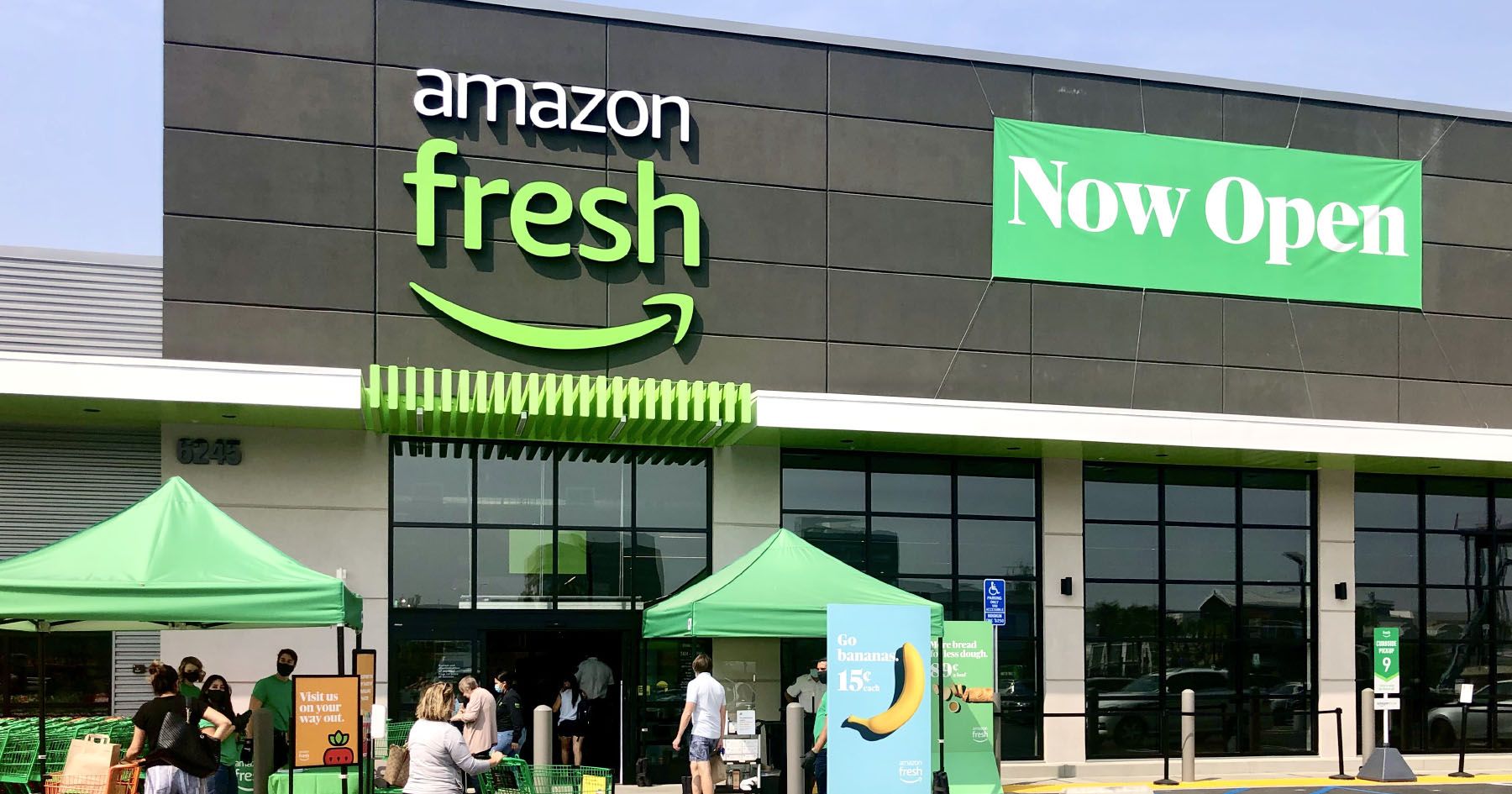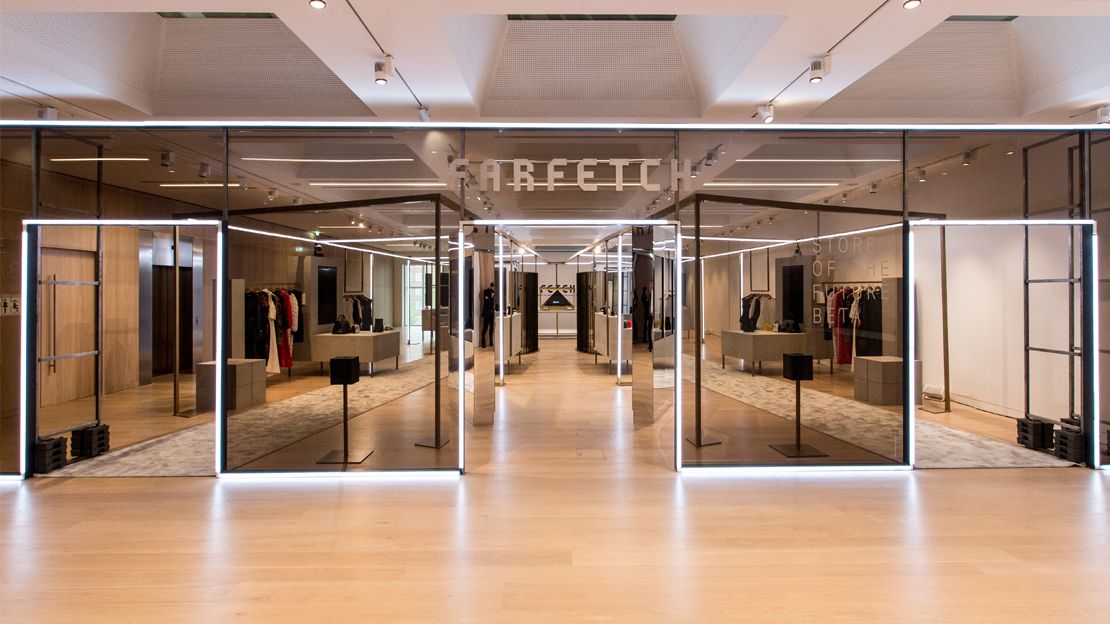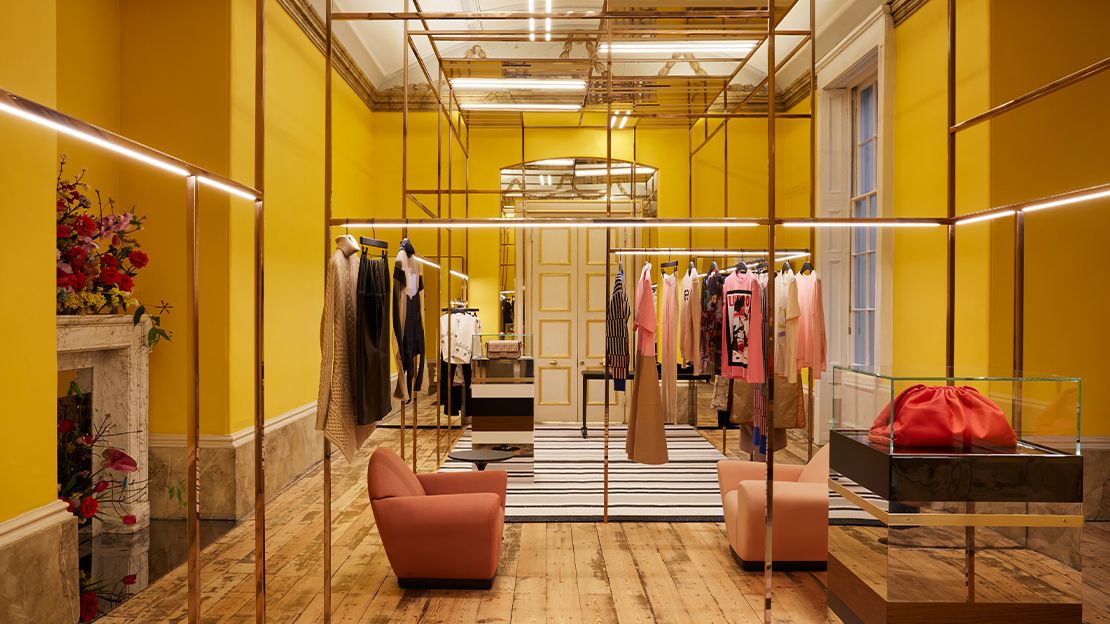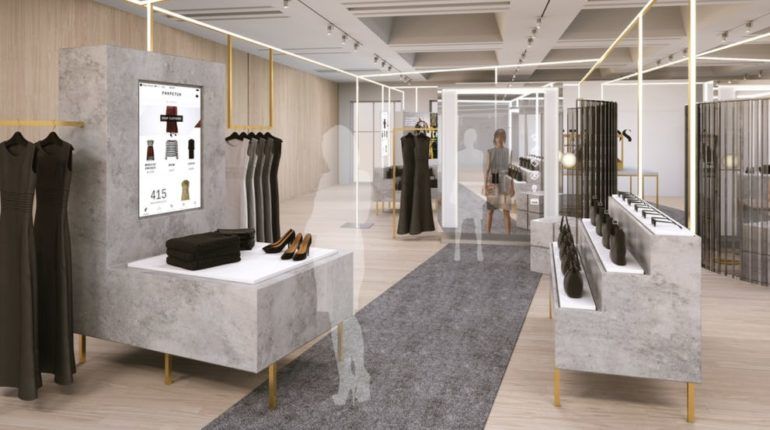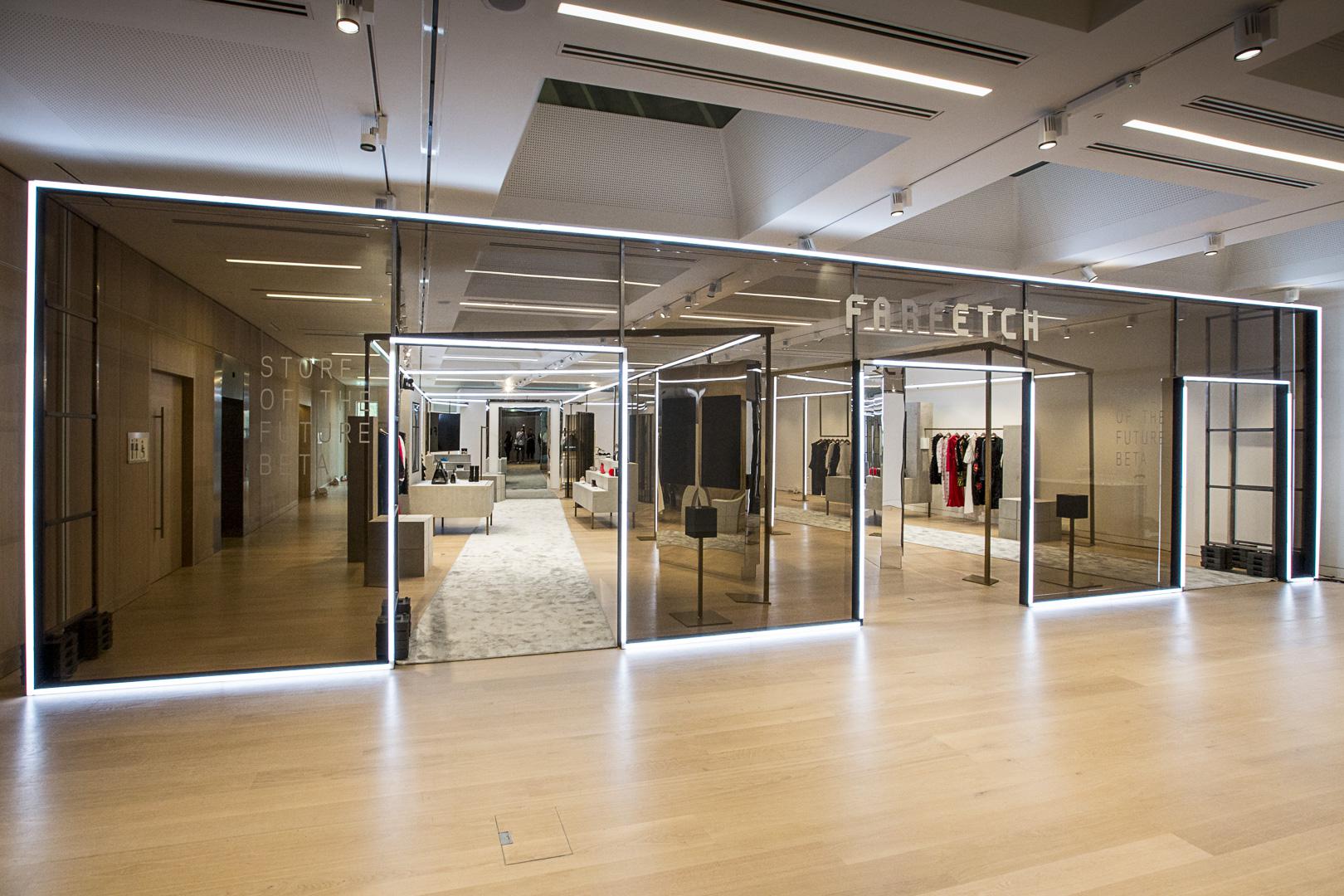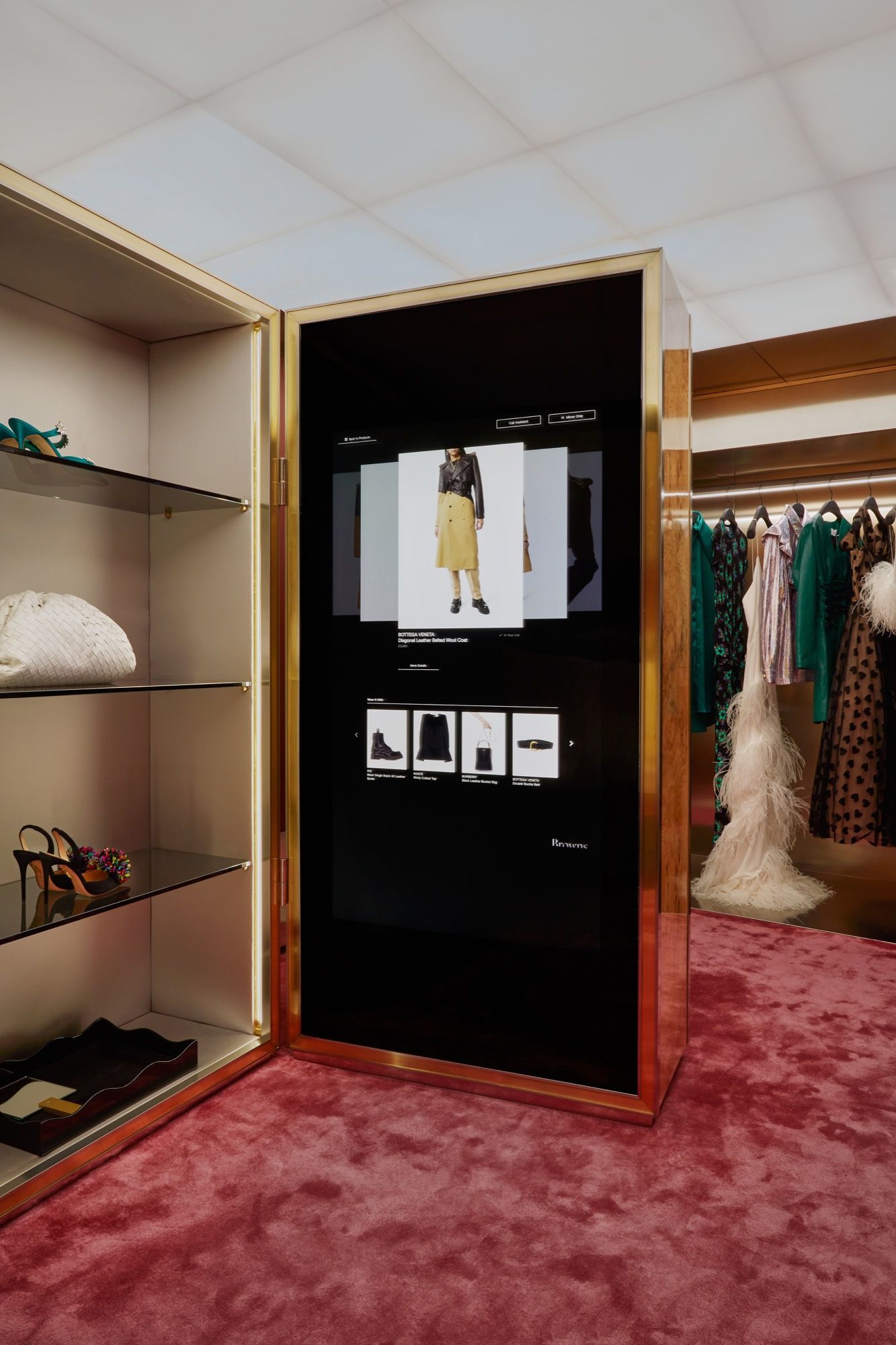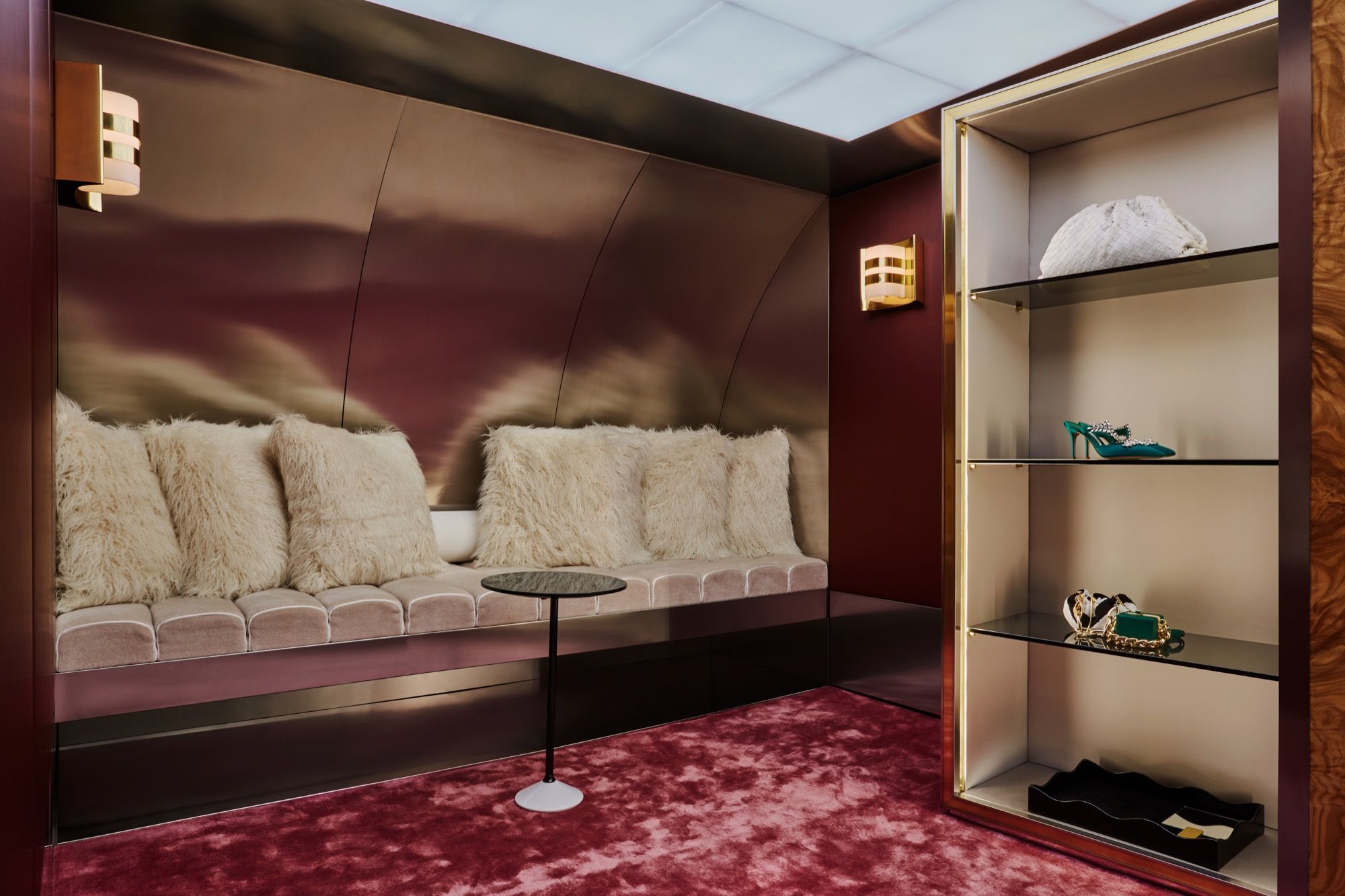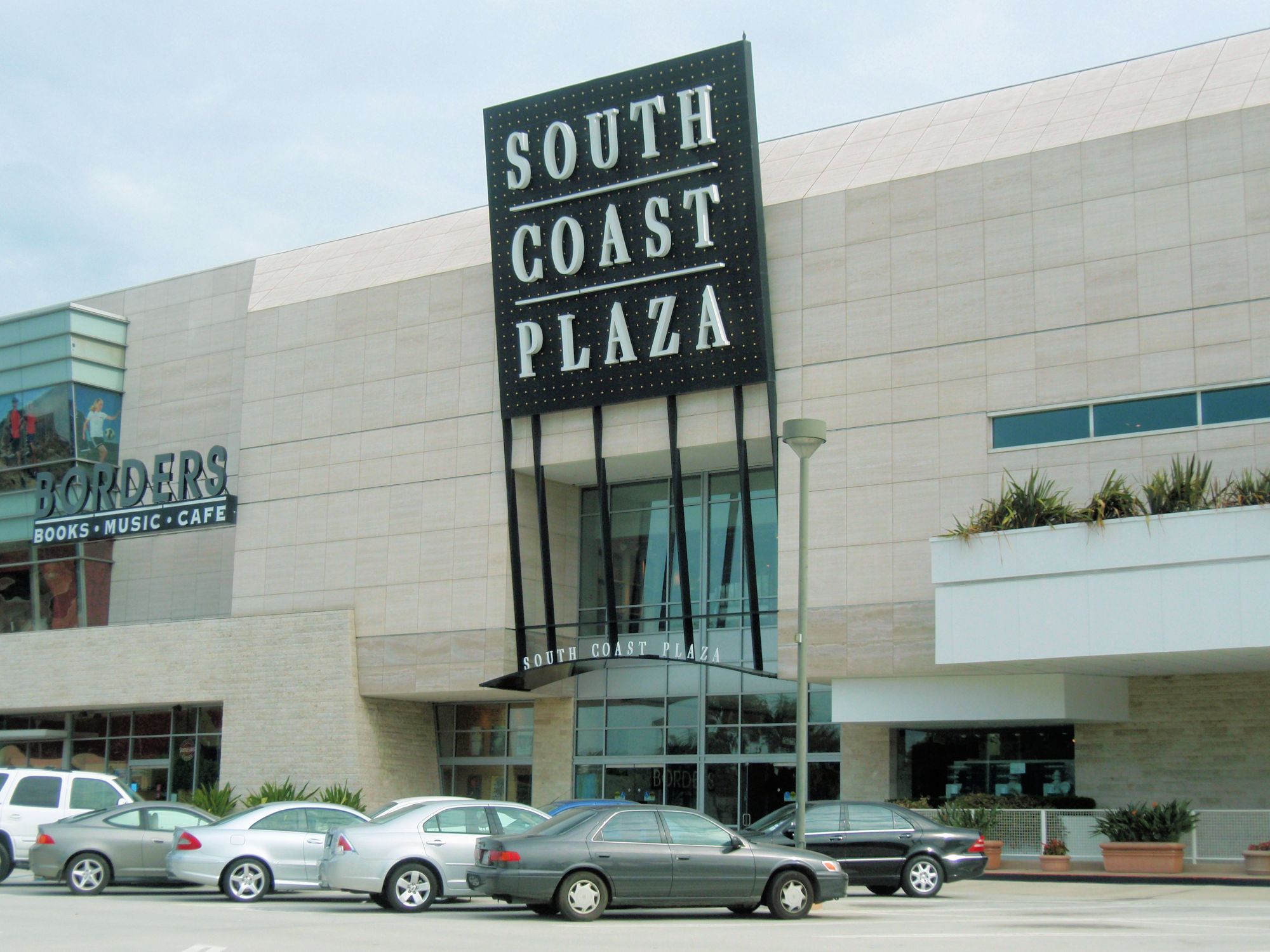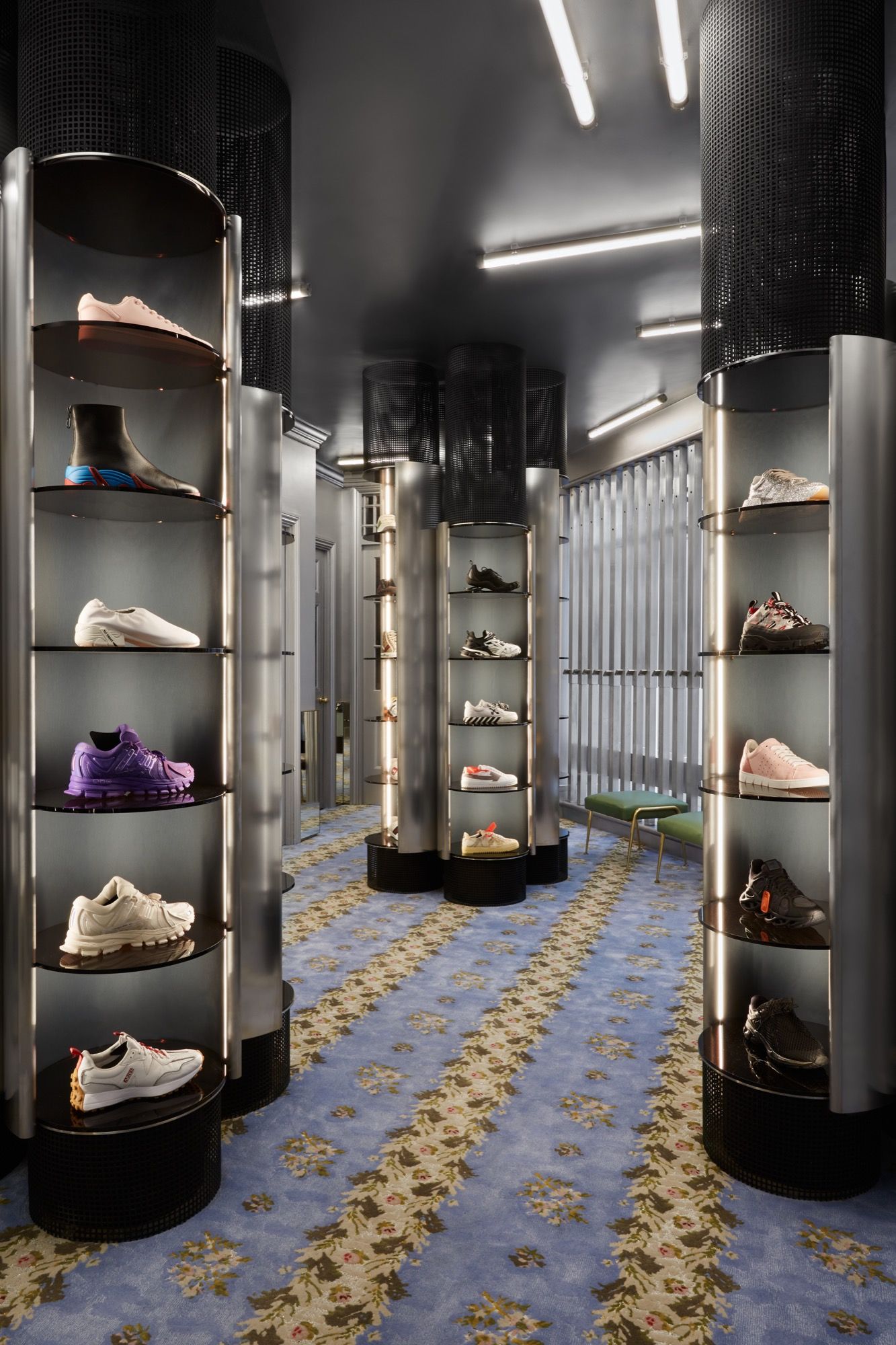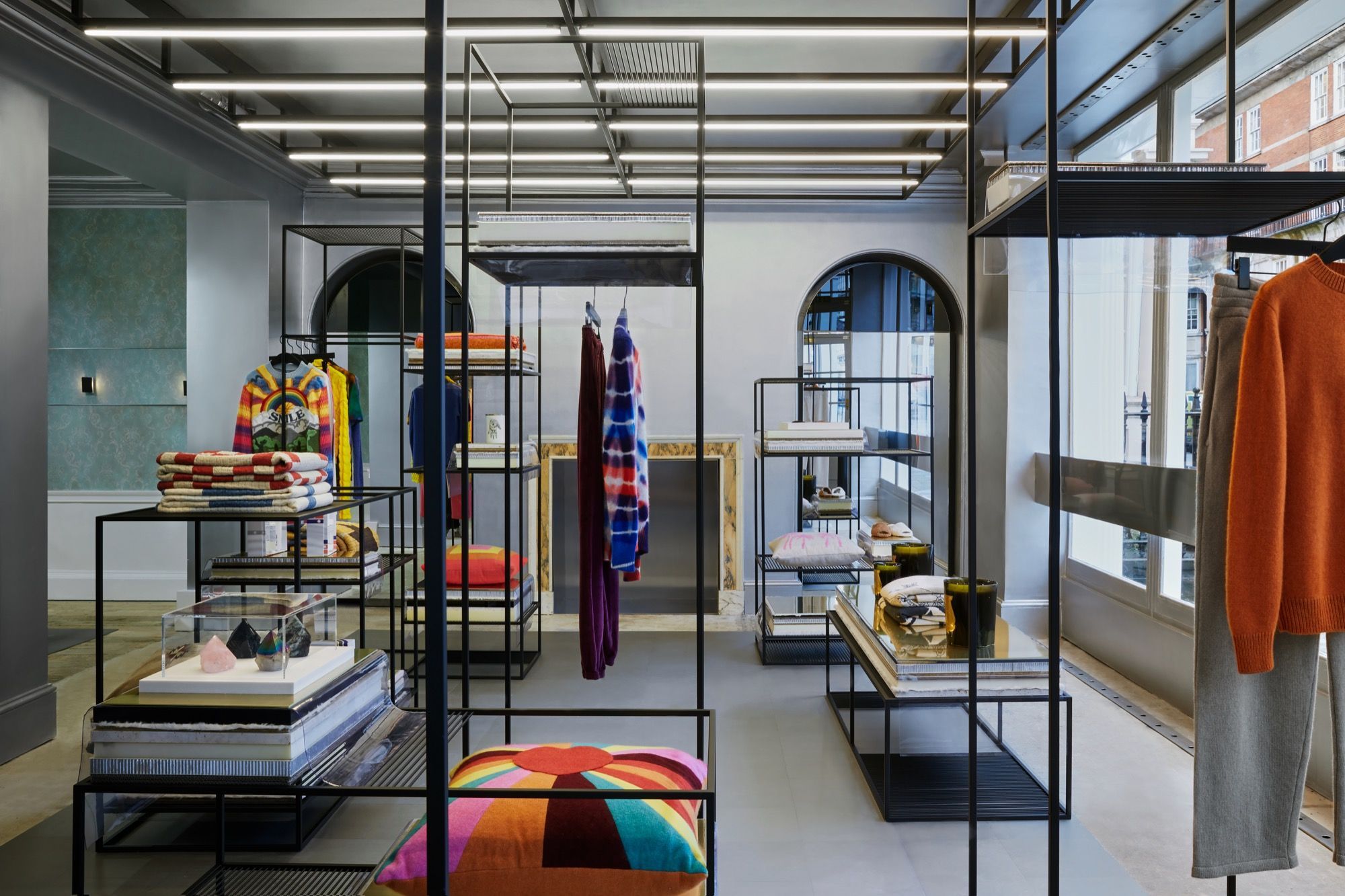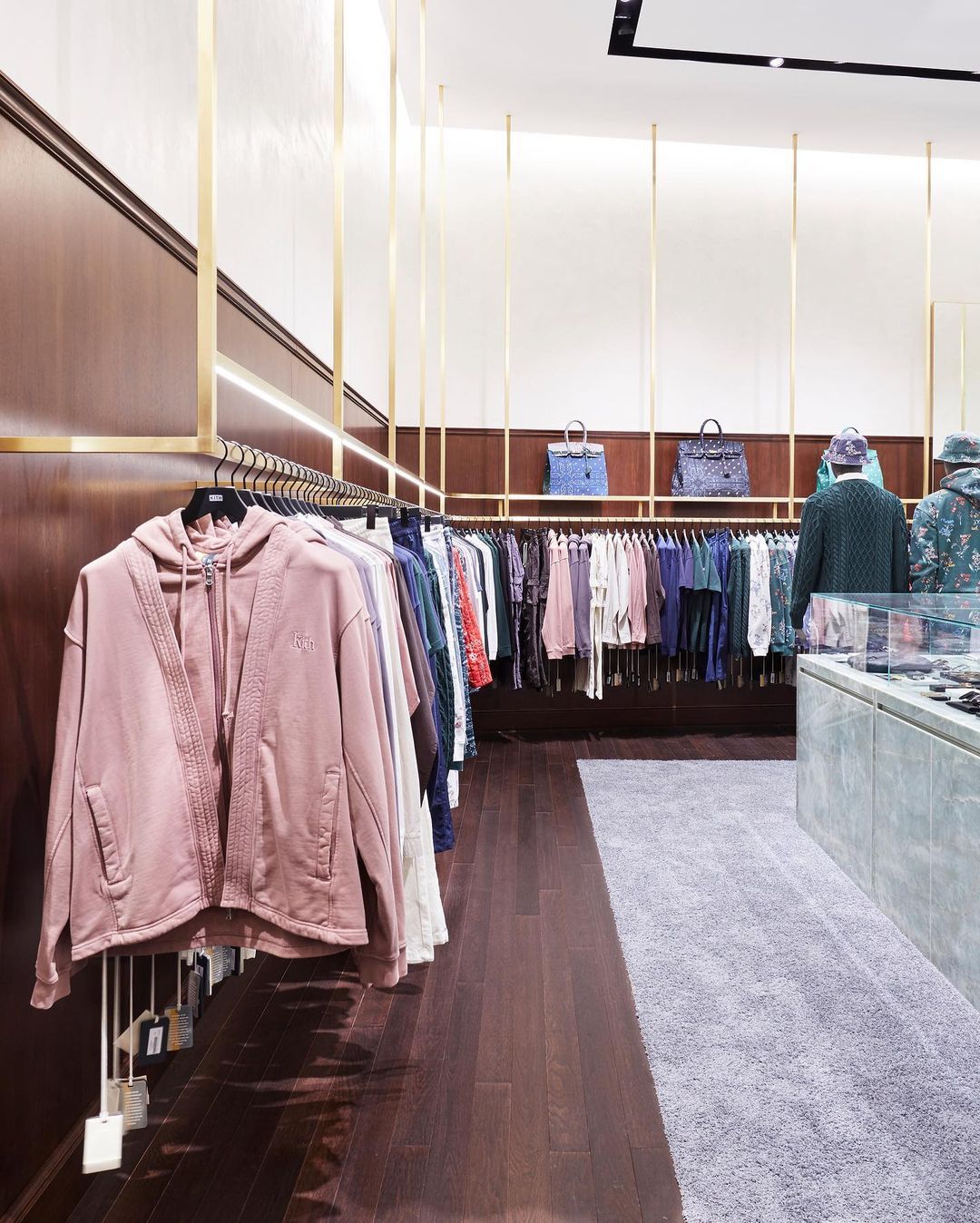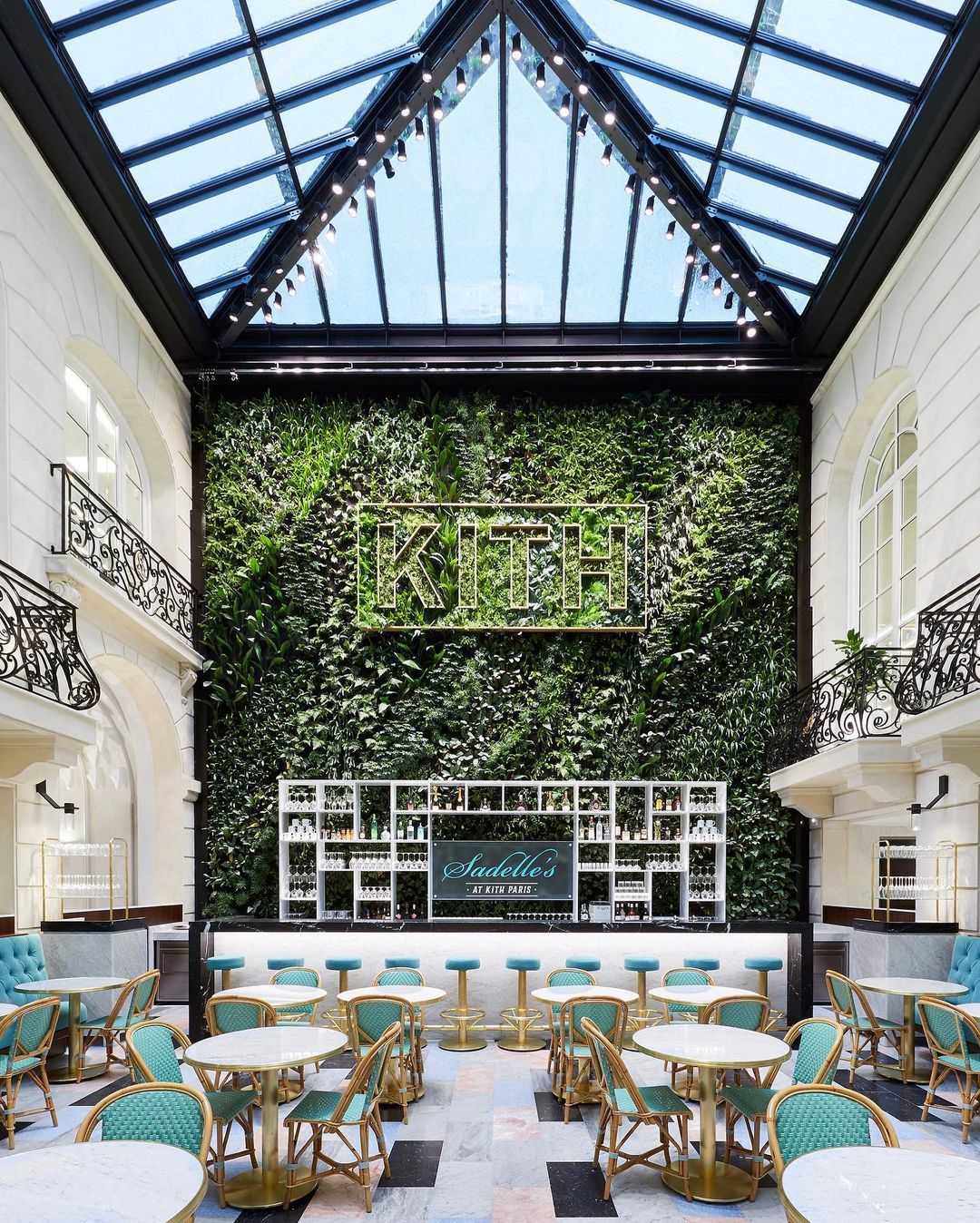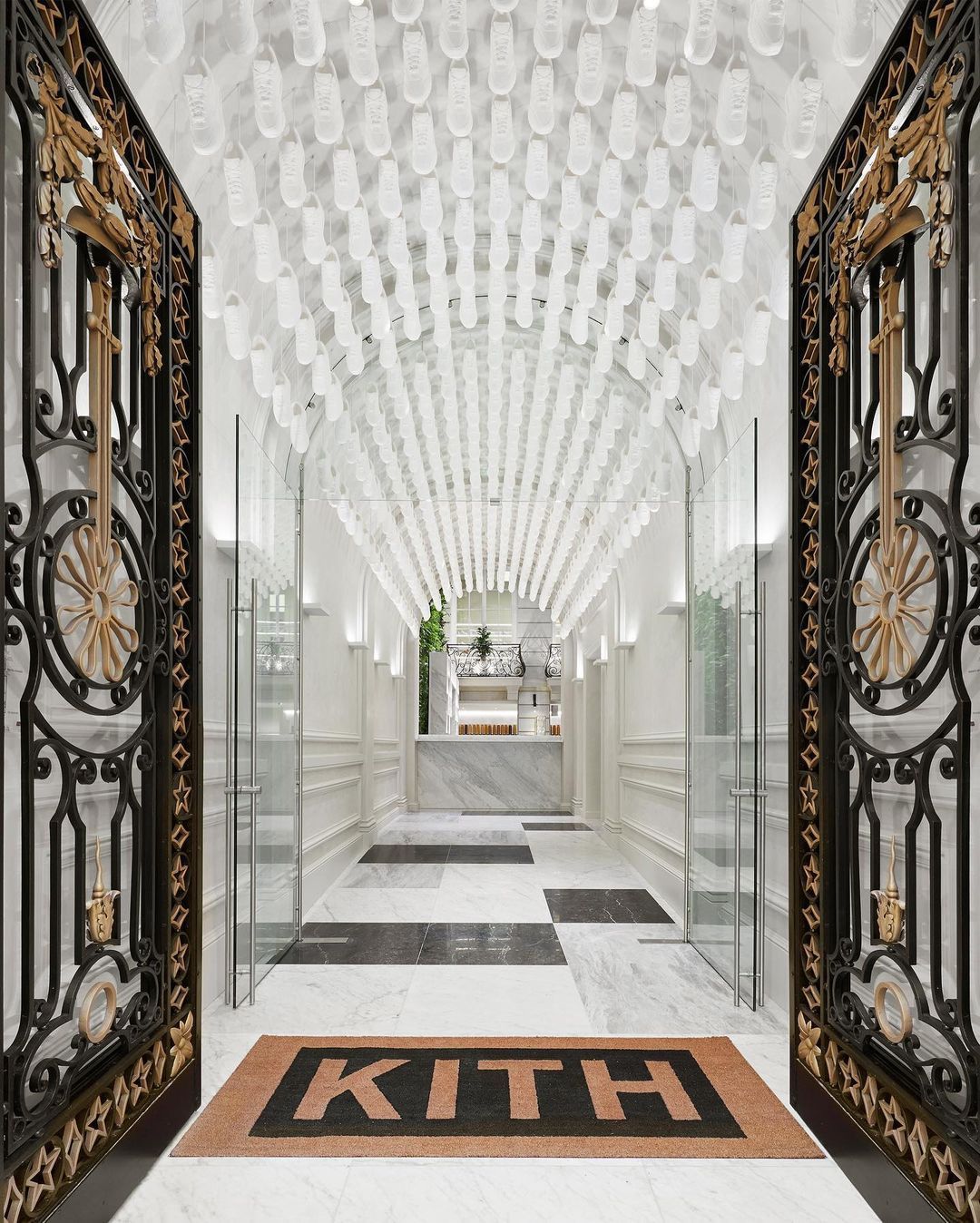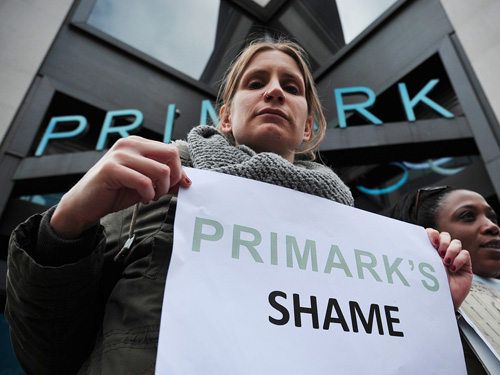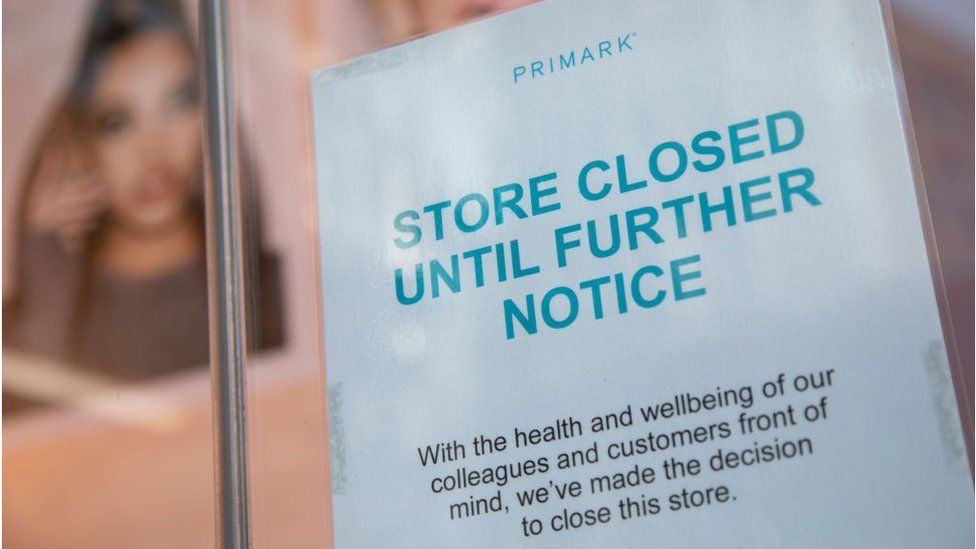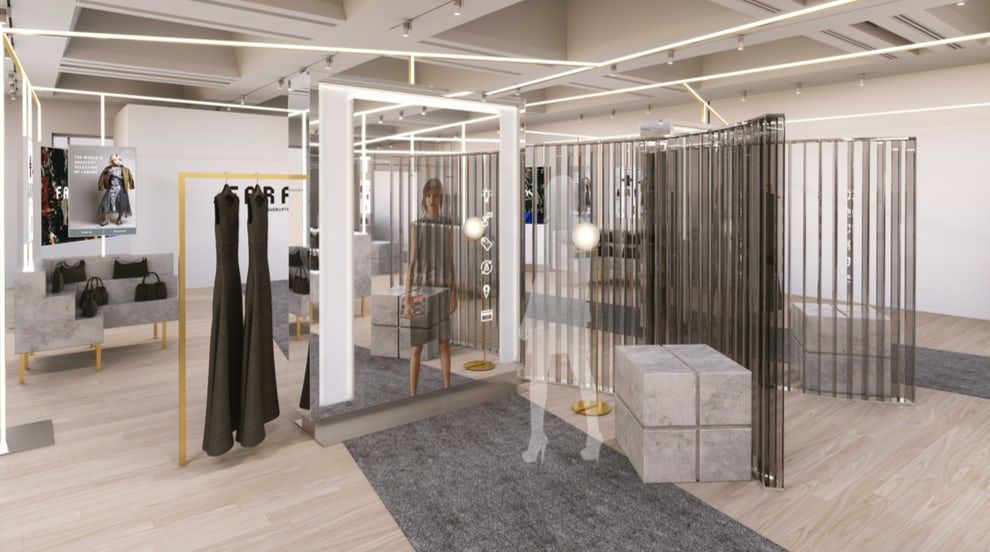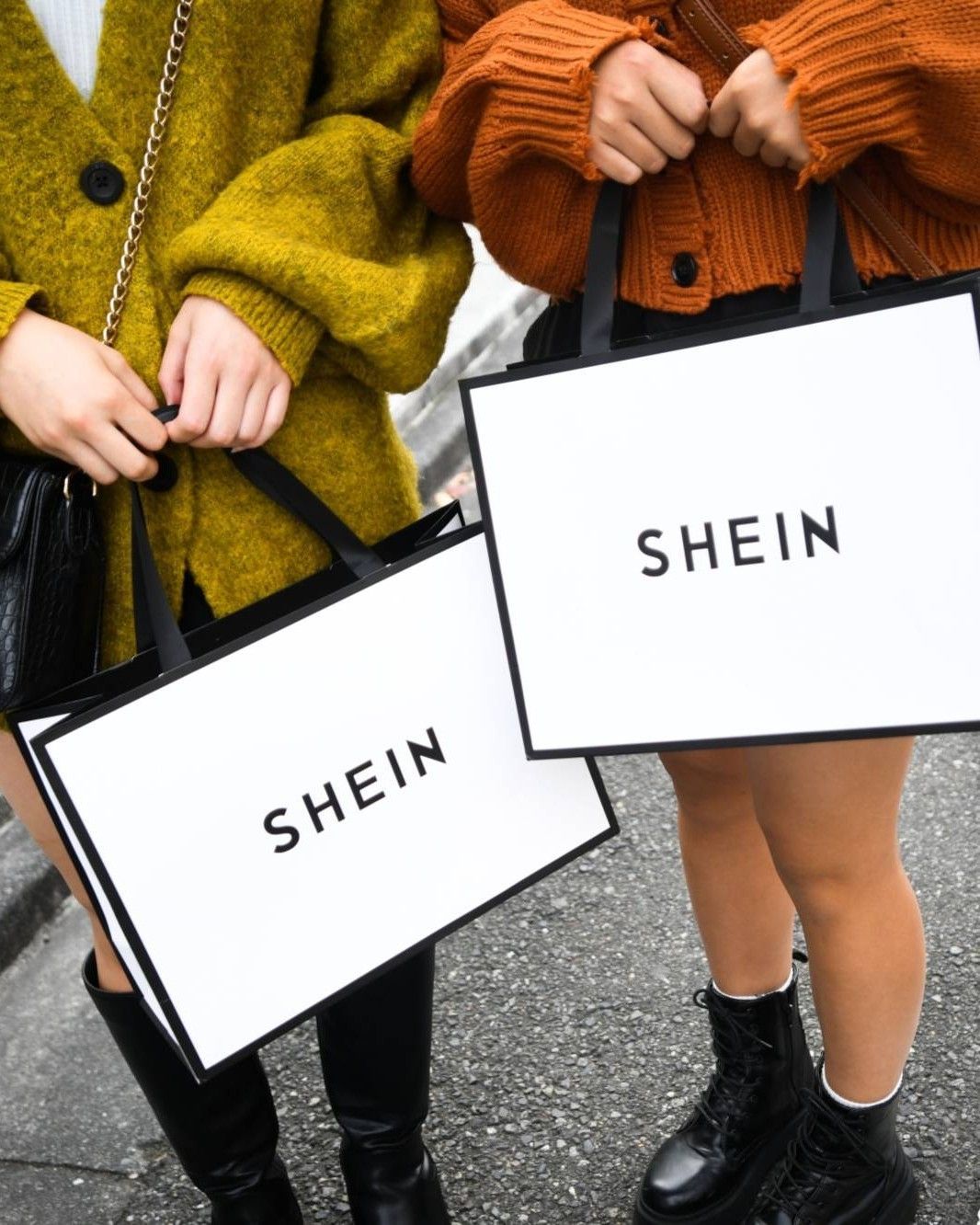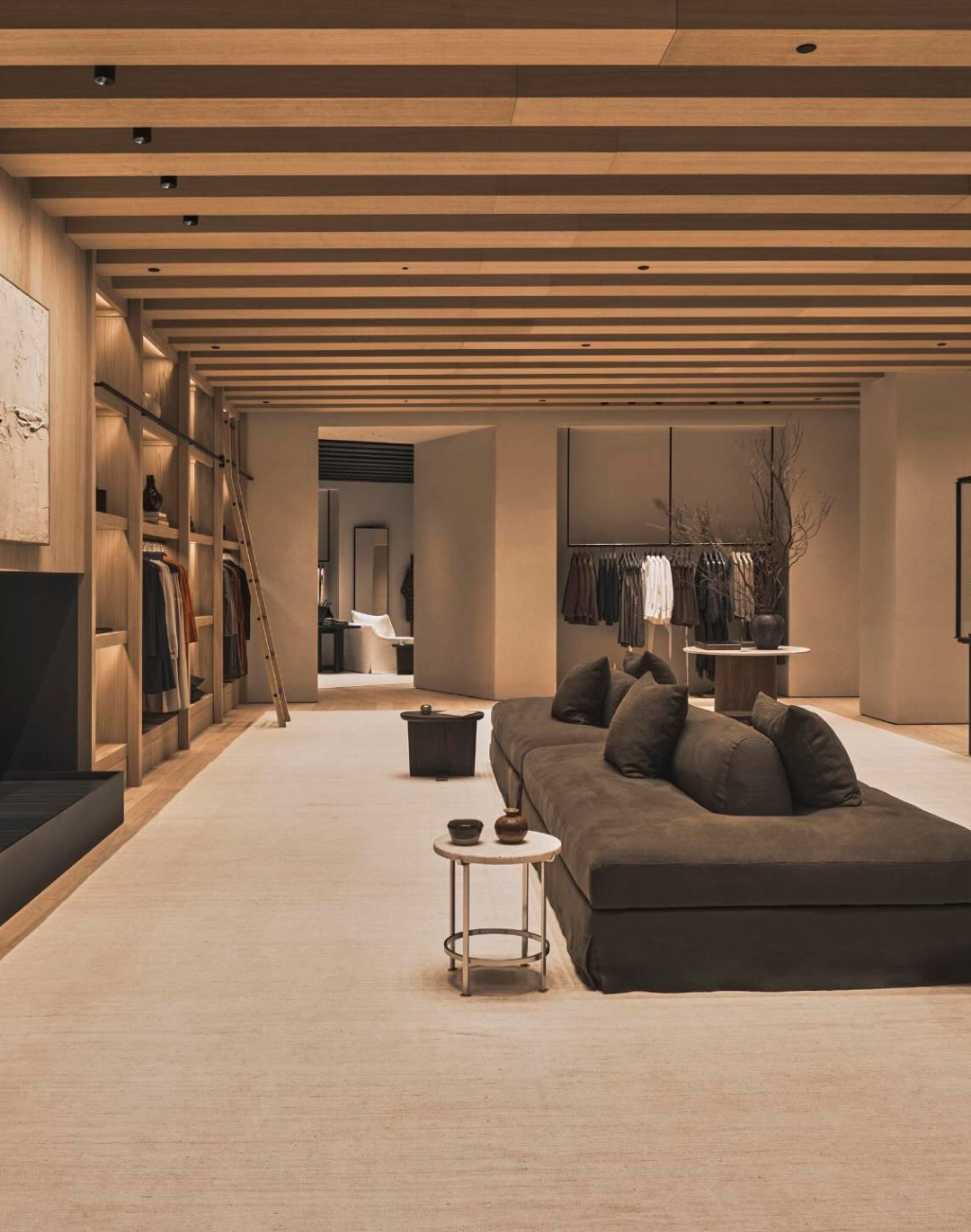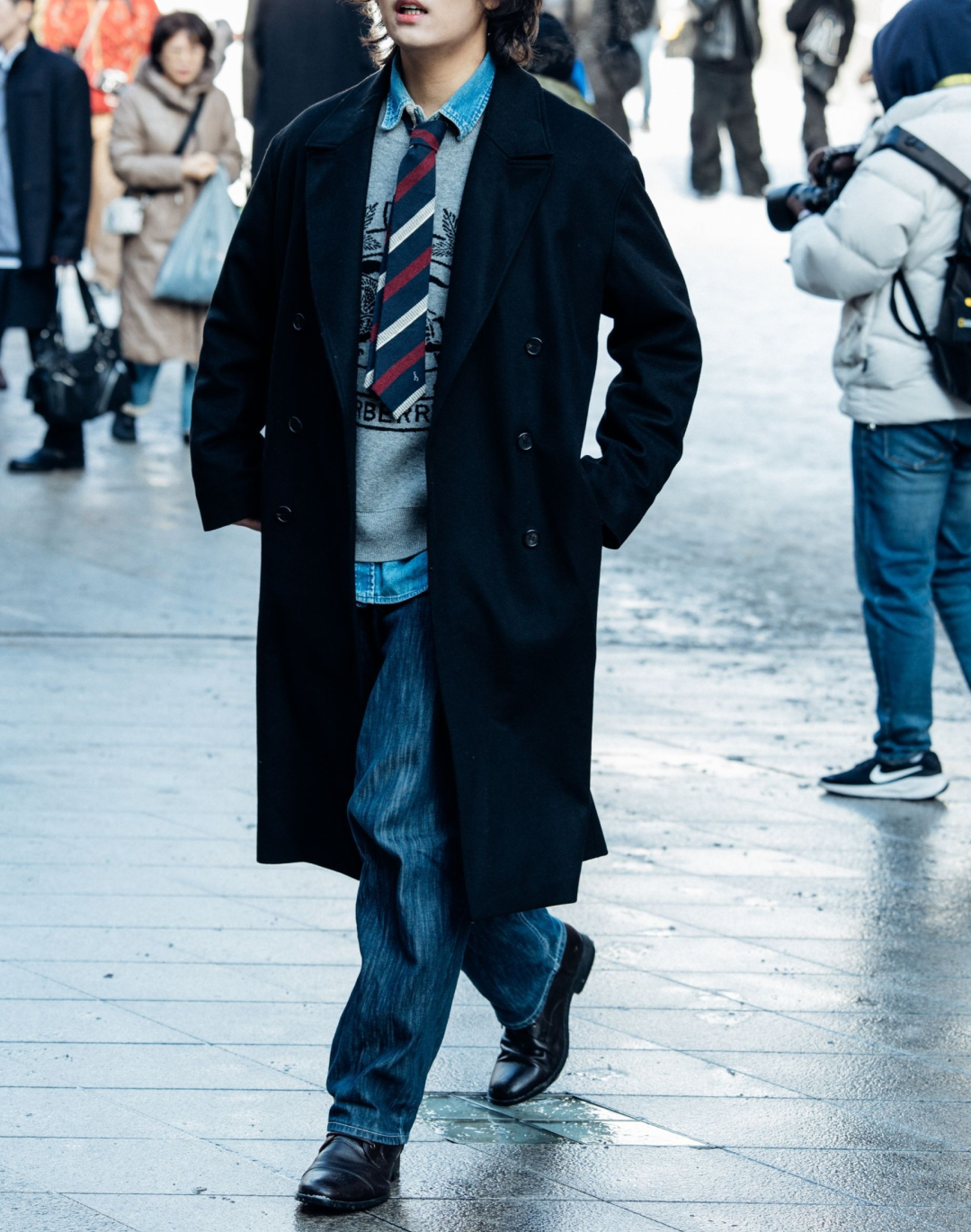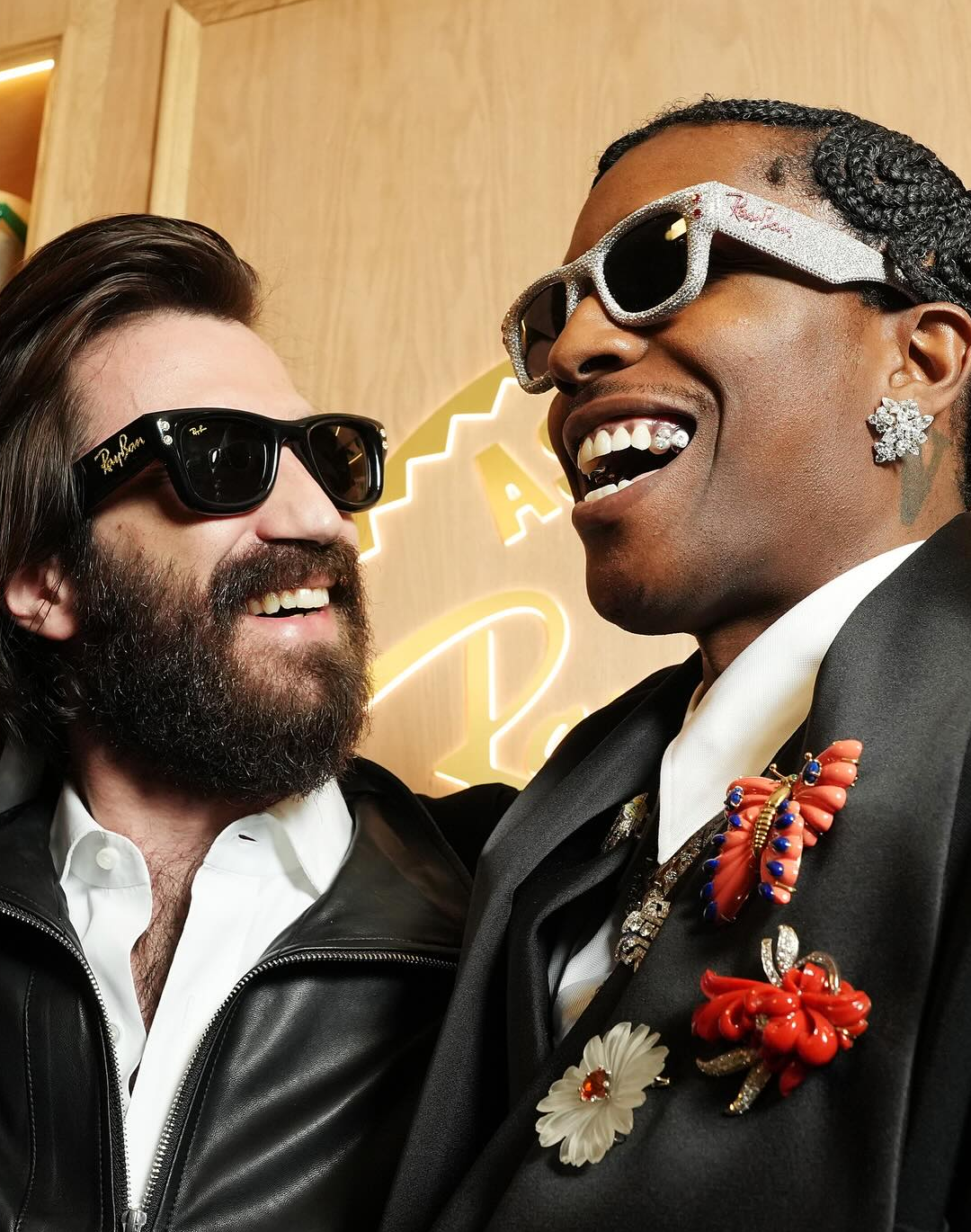
What stores will look like in the post-pandemic future E-commerce and physical retail be connected like never before
The pandemic has drastically changed the retail scenario, primarily changing consumer attitudes and habits. The first players to have been hit are the giants of fast fashion. Over the last year, Bershka, Zara, Gap, Pull & Bear and Stradivarius have experienced a drop in sales in physical stores of around 50%. Overseas the situation is also not rosy, with 25% of US shopping centres at risk of bankruptcy. Due to stores closed during the pandemic, most consumers have discovered fluidity and ease of purchase on digital platforms, preferring a "comfy shopping" in slippers and pyjamas, away from the chaos of the shopping streets of the big cities.
The physical retail sector was in trouble even before Covid 19: with the rise of digital shopping, many brands and companies had been thinking about how to reinvent their distribution for some time. A sudden disappearance of physical stores remains out of all predictions for now; on the other hand, thinking of a clear fusion between digital and physical distribution is a more than concrete option. One of the most popular opportunities is that of "BOPIS" (Buy Online Pick-up in Store), which would not only bring benefits for the customer, but also for the retailer. Through this omnichannel purchasing method, the retailer can in fact find advantages in replenishing inventory, a much-debated issue especially in terms of sustainability. "Thanks" to the Primark case, the pandemic has left us a lesson: stock balancing is - and will be - a key aspect in the retail world. Due to the pandemic - and thanks to a lack of omnichannel distribution - the Irish giant has accumulated about 1.7 billion euros of unsold goods: the main challenge for small and large companies will be to implement optimal warehouse management, offering the customer availability of a few pieces of clothing in-store, and at the same time the opportunity to order online the item you are interested in. The BOPIS mode would lead the store to transform itself into a real touchpoint, creating a multi-channel experience for the customer, albeit still far from the interactivity standards that many retailers want to implement.
While many brands, fashion and otherwise, will be able to try to offer totally fluid shopping experiences - along the lines of Amazon Go and Amazon Fresh Store - on the other hand, many will try to attract customers in a more emotional way trying to get the consumer used to buy in-store again. For this reason, the concept of the Concept Store continues to be in the limelight for the post-pandemic period. An example comes from the new headquarters of Browns, the luxury boutique owned by Farfetch that is trying to reinterpret the meaning of a store. Sandrine Neveux, Farfetch executive vice president, stated that after the major investments in the digital sector - thanks to collaborations with Taobao and Vogue - the next step will be to offer the public their own vision of "physical retail entertainment", with the goal of “awakening” an audience no longer used to go to the store, through a real 360-degree experience, a multi-sensory journey able to entertain and pamper the customer. Just like Kith's new Parisian store, Browns has aimed at creating a real microcosm where customers, among the various areas, can decide to have a drink, stay for a night and attend exhibitions by contemporary artists. South Coast Plaza - the famous high fashion multi-brand store in the United States - has also been able to prove resilient in the face of this crisis. The managers of the marketing area - including the executive director Debra Gunn Downing - have decided to transform the parking lots adjacent to their megastores into private suites where customers can make appointments and purchase items of the distributed brands, not before having made the payment online.
The retail apocalypse didn't spare anyone, and innovation and creativity will be the key to relaunching small and large businesses. If the pandemic has imposed itself bringing with it a malicious spectre of uncertainty, it could at the same time be a breath of fresh air, which will provide retailers with a double weapon to hit the target audience. The hypothesis of a "phygital" hybrid distribution would be able to satisfy in particular the hyper-connected Gen Z, creating an infinite loop of interactions, allowing fluid consumer experiences on the marketplace of our favourite brand as in the trusted shop behind the house. Let's forget digital and physical as two distinctly separate discourses because the role of the store will be subordinated to that of e-commerce as never before: focusing on the physical store to retain customers and have them activated on other channels seems to be the right combination ready. to be the game-changer for years to come.










































